How to use leftover pumpkin in your garden: 3 easy ways to re-use squashes to enrich soil
Surrounded by carved pumpkins once spooky season ends? This expert has the sustainable answer to re-use them
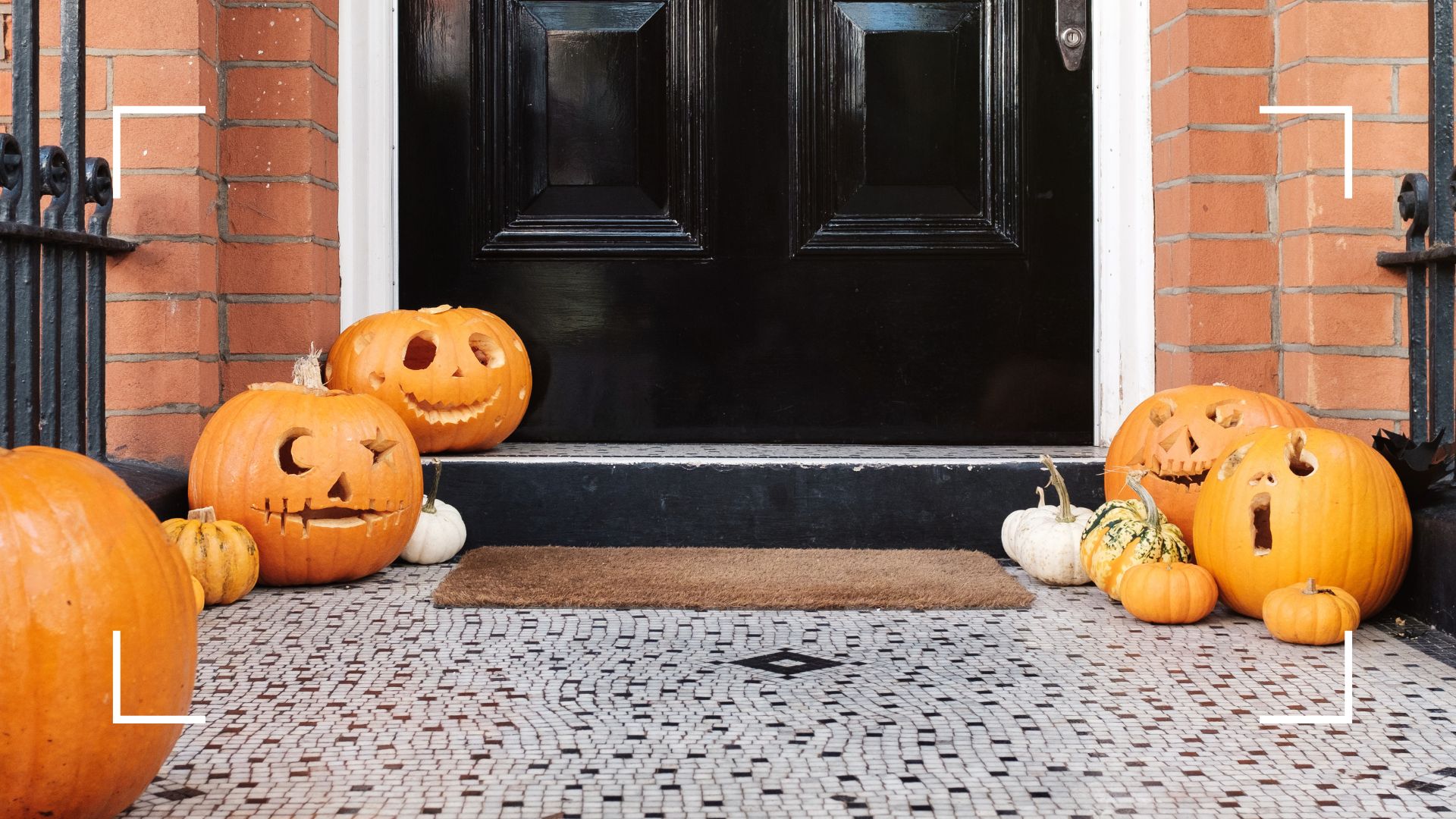

It's the season for pumpkins and funny-looking gourds, a time when many of us will be using all our elbow grease to carve masterpieces and make charming displays. But what happens when spooky season is over and you're left with a doorstep full of soggy squashes?
There's nothing quite like finding sustainable garden ideas that help you create less waste whilst also encouraging your garden's ecosystem. Similar to the way you can use tea bags in your garden or banana peels in the garden, food waste, whether you've eaten it or not, is highly beneficial for soil enrichment, amongst other things.
So when your pumpkins, wonderfully carved or not, no longer belong with your other autumn decor, don't just throw them away; try out one of these savvy ideas for using leftover pumpkins in your garden to get more out of them.
How to use leftover pumpkin in your garden: 3 easy ideas
Certain garden trends come and go over the years, but finding ways to reuse organic waste will always be in fashion. It's the same reason we continue to use orange peels in the garden and coffee grounds in the soil.
Pumpkins are no exception; in fact, they can bring so many benefits to your garden and reusing them saves filling up your bin with rotting squashes.
Chris Bonnett, Founder of GardeningExpress.co.uk, says, "It’s a shame that tonnes of pumpkin leftovers go to landfill after Halloween each year when they can be put to great use in gardens."

Chris is the founder of the online garden centre GardeningExpress and has been in the horticulture industry for over 20 years. Whilst he was young, he combined his passion for the outdoors with the internet to deliver quality plants across the UK and Europe.
1. Make nutrient-rich compost

One of the simplest ways to repurpose Halloween pumpkins is to compost them," says Chris. "Pumpkins are packed with nutrients and break down quickly, making them a perfect addition to your compost pile."
Sign up to our free daily email for the latest royal and entertainment news, interesting opinion, expert advice on styling and beauty trends, and no-nonsense guides to the health and wellness questions you want answered.
Making your own compost and having a bin or walled heap is a great way of providing yourself with top-quality, nutrient-rich soil whenever you need it. It's also ideal for lowering the amount of food waste you send to landfill.
If your pumpkins were used as jack-o-lanterns, you'll want to remove any candle wax and chop them up into smaller pieces before throwing them into the compost pile.
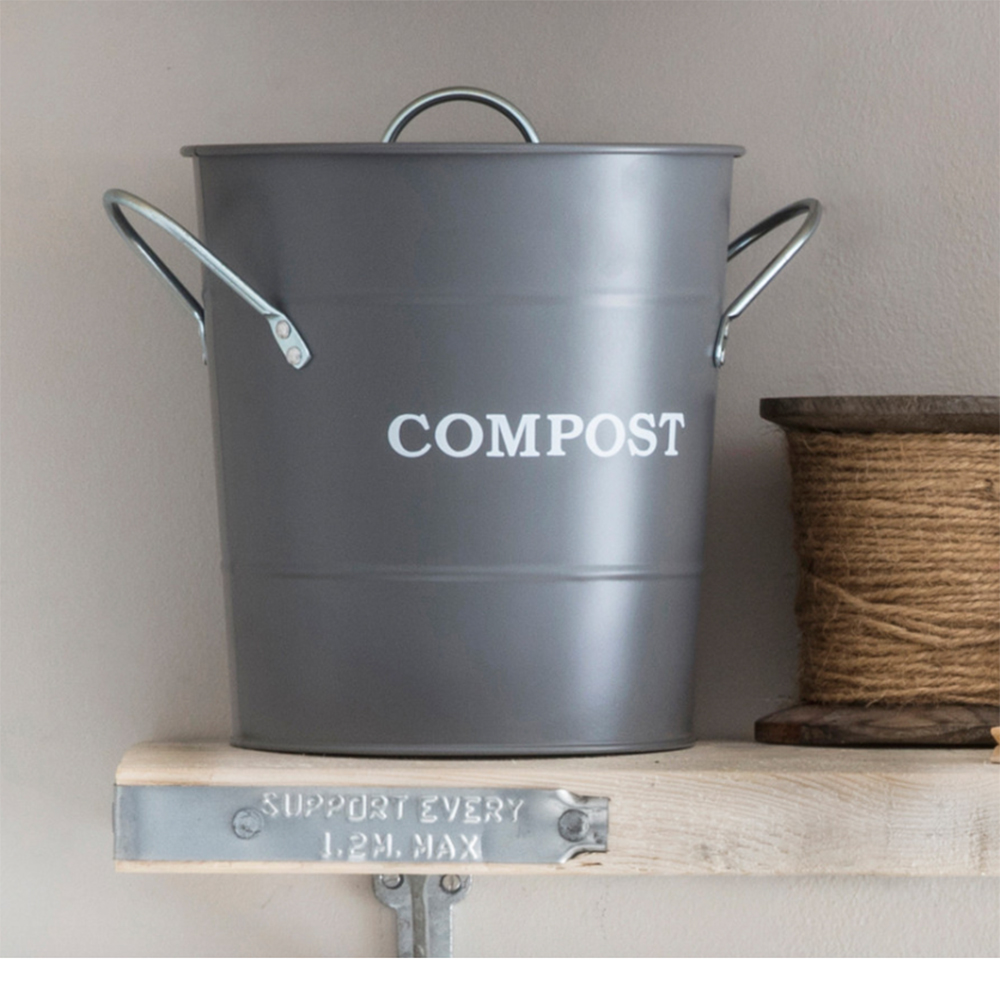
RRP: £18.75 | This stylish 3.5L charcoal-coloured compost caddy is the chic way to collect food waste indoors, to keep it separate from your other non-compost waste.
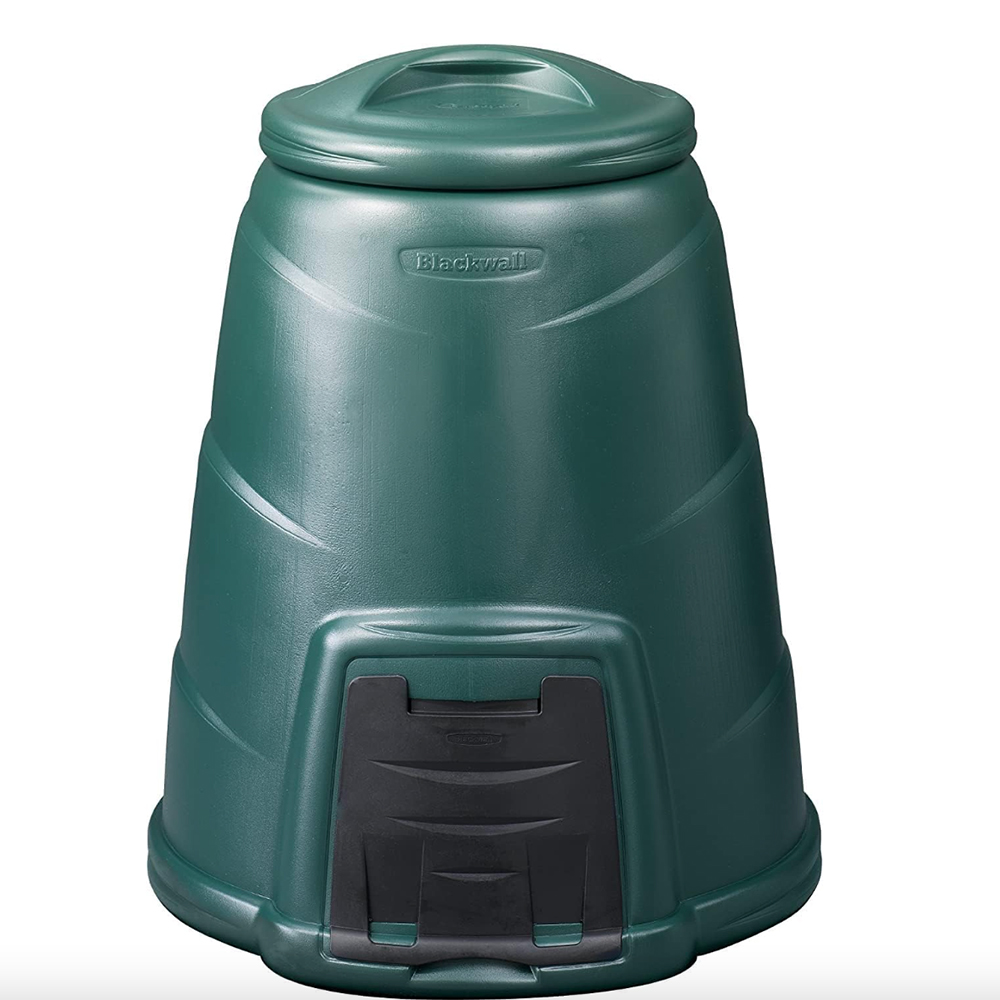
RRP: £59.98 | This generous bin is a popular choice of design for those looking for an outdoor solution to hide the compost out of sight. With a waterproof lid and easy access hatch, this design is highly practical.
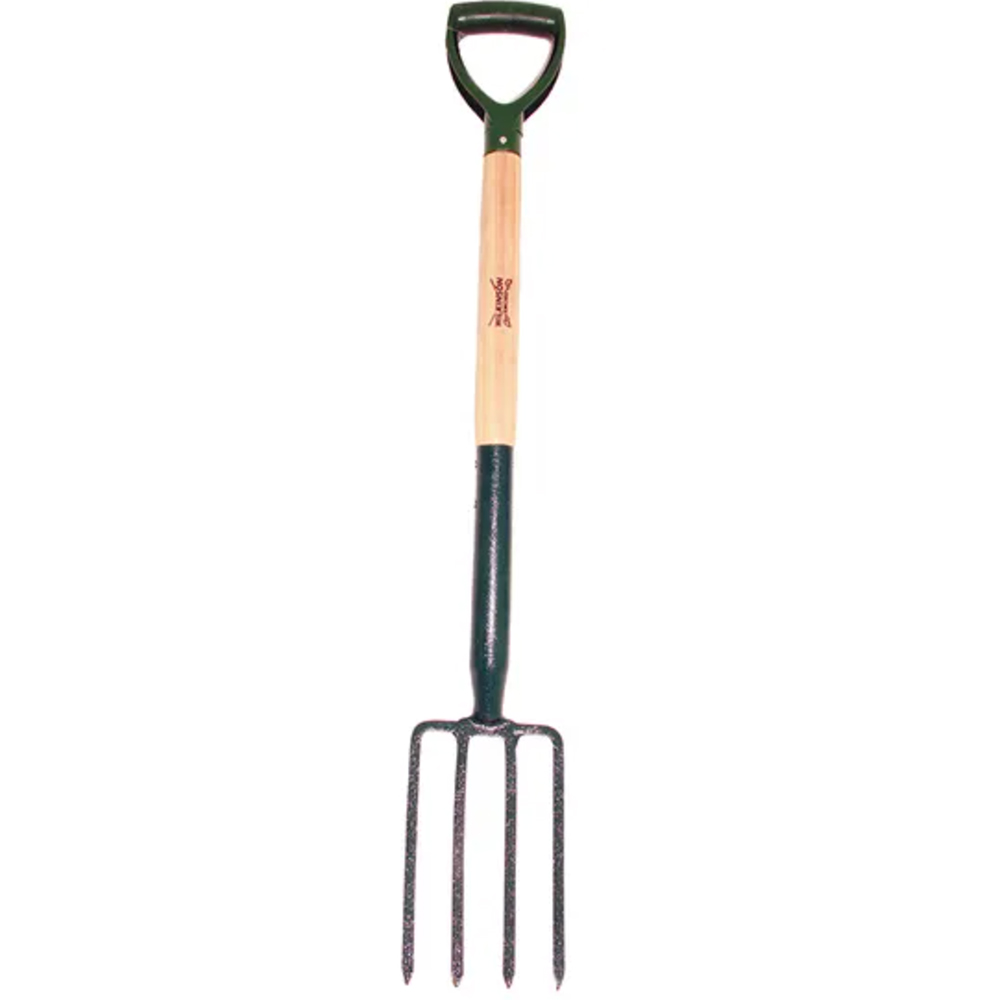
RRP: £14.99 | Sturdy and easy to use, this Wilkinson Sword carbon steel garden fork is ideal for lifting and turning a compost pile – also handy for a multitude of other gardening tasks.
2. Soil enrichment
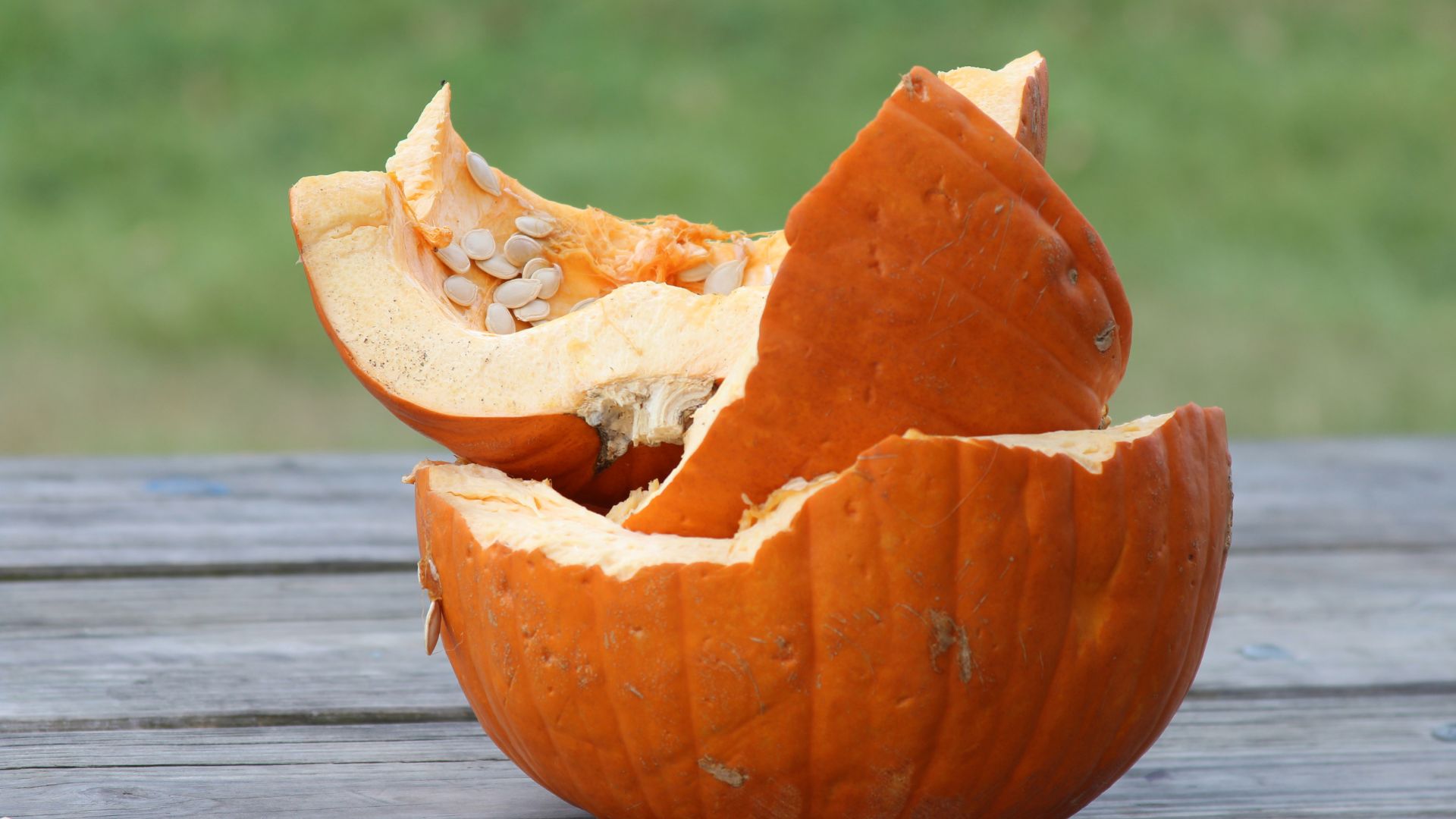
If you're already struggling to find ways to make your small garden look bigger, you may not have room for a compost heap or bin. Fear not, you can feed pumpkin chunks directly into the soil.
"If composting is not an option, you can also bury pumpkin pieces directly into the soil," says Chris. "Simply dig a hole, drop in the pumpkin and cover it with soil to benefit your other plants from the rich organic matter left behind."
Pumpkins are full of nitrogen, phosphorus and potassium, so we'd recommend burying the chunks near your vegetables and leafy greens.
3. Seed harvesting
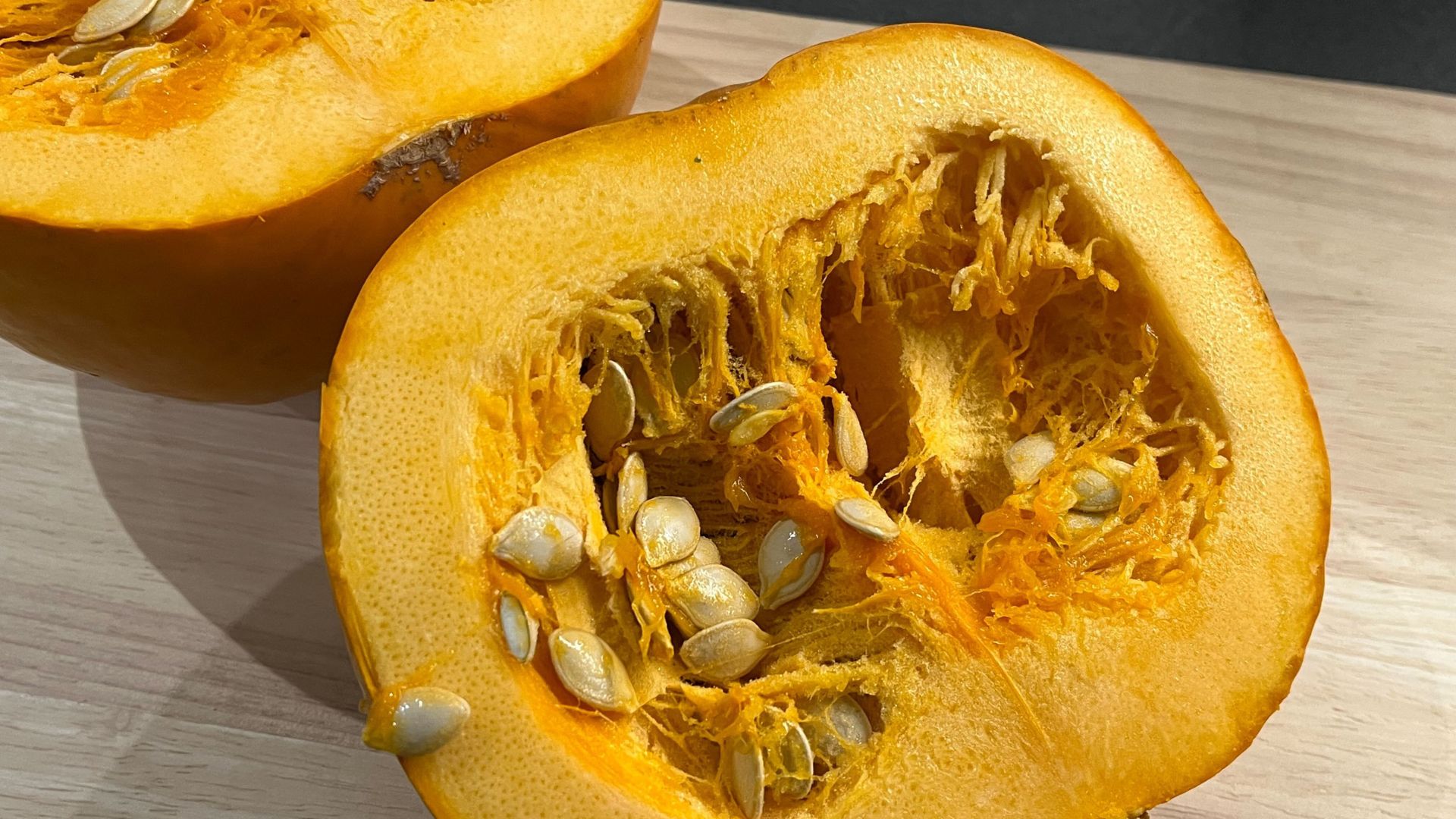
Whether you're into succession planting or have mastered how to collect seeds from your garden, having a stock of dried stored seeds at hand is always a good thing.
Chris recommends keeping the seeds when you've carved your pumpkin or taking them out when repurposing the un-carved ones, too.
He says, "While you’re carving pumpkins, harvest the seeds so you can use them to grow new pumpkins for the next season. Store the seeds somewhere cold and dry and save them for spring."
Knowing how to grow pumpkins from seed is a fantastic way of saving yourself some money when it comes to next year's spooky festivities!
Shop useful gardening tools

RRP: £12.51 | These Gold Leaf RHS collections Chelsea Ladies Comfortable Leather Gardening Gloves are perfect for any job you need to tackle in your garden, even for reusing your used pumpkins.
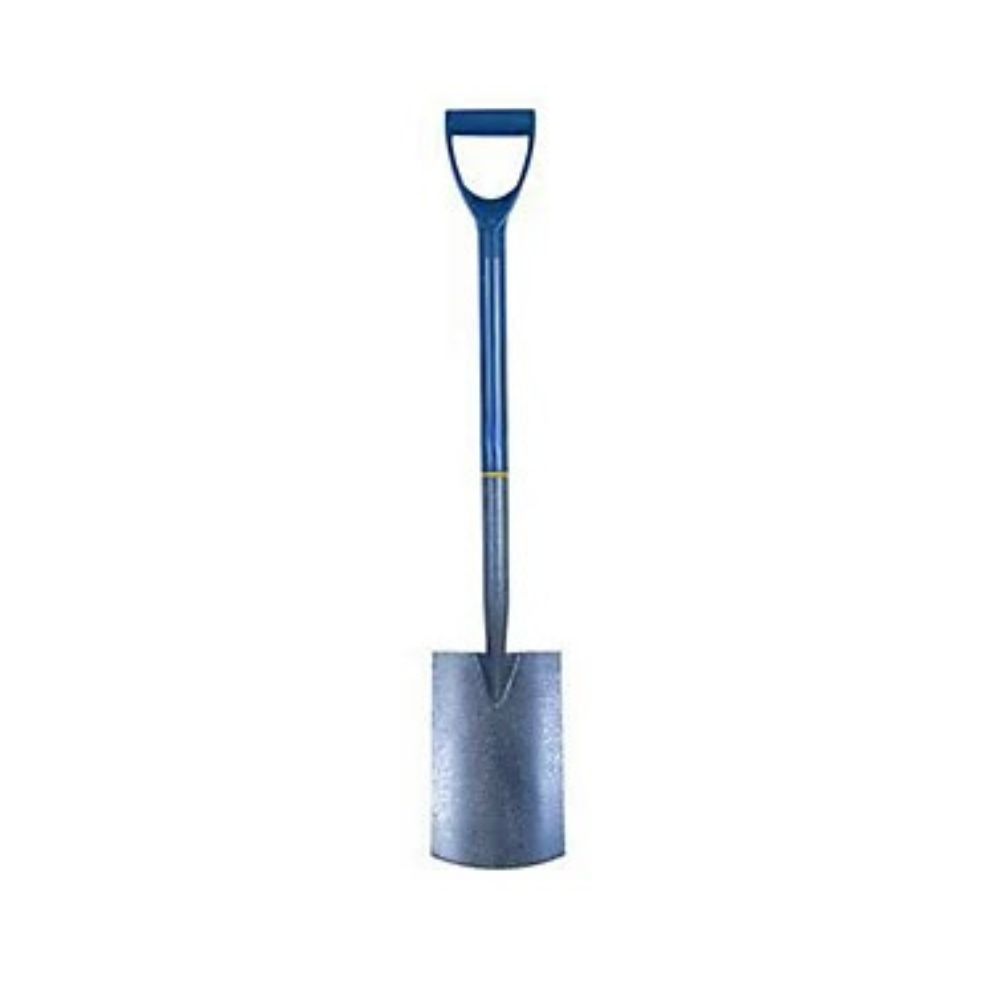
RRP: £22.04 | It's always best to invest a little more money into your gardening tools if you can. Not only do they do the job right, but they also last longer. This one from B&Q has a hammer-finished blade and comes with a year's guarantee.
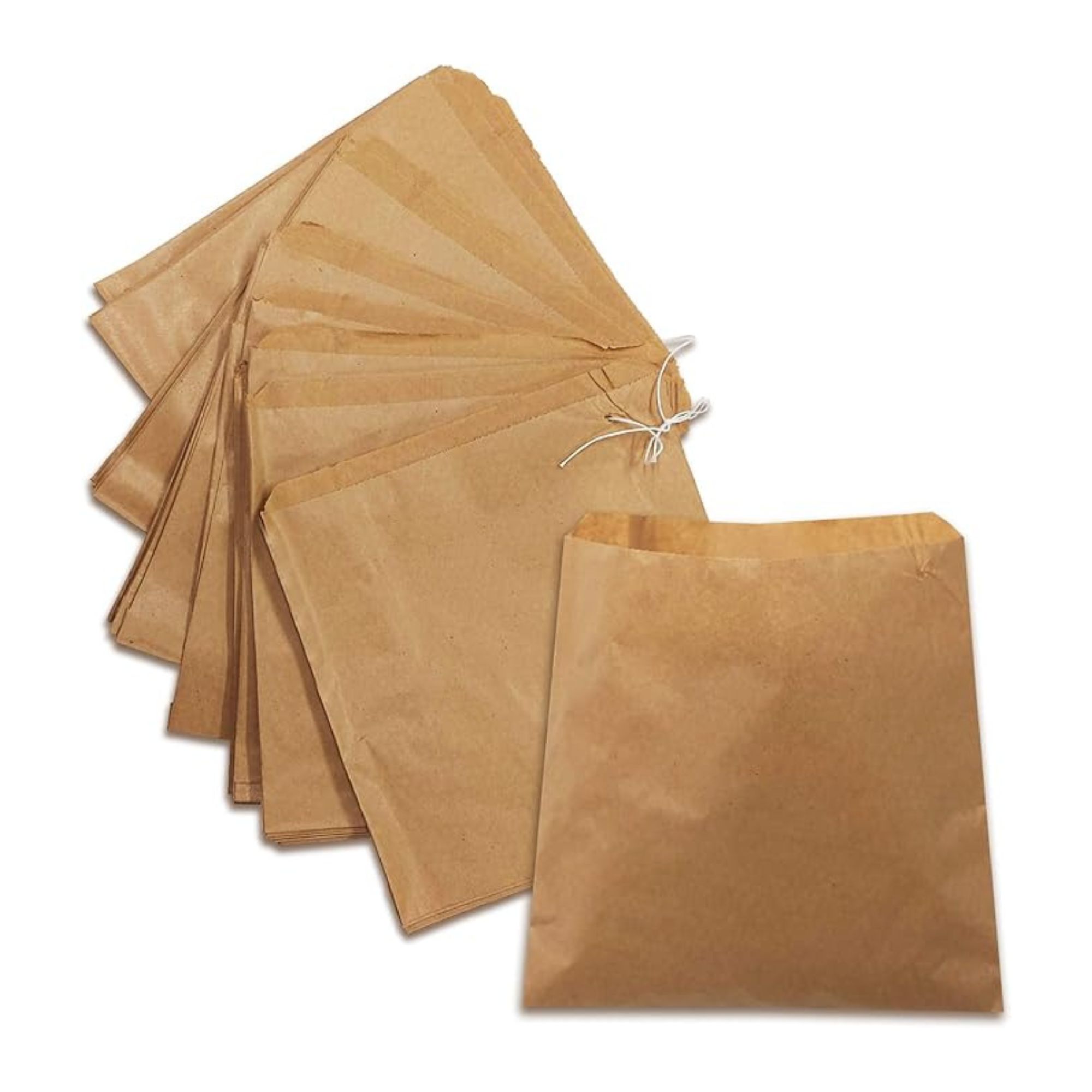
RRP: £5.75 | These are ideal for storing your plant seeds after you've dried them, and they can be used for a whole host of other things too, from wrapping up baked goods to helping ripen green tomatoes.
FAQs
Can you leave pumpkins out for animals?
While you might be working hard to keep squirrels out of your garden, there may be some wildlife you'd like to keep around. In the same way, you'd set out birdseed, you may think that chopped pumpkin is a good food offering, but it's unfortunately not.
"Pumpkins are not a natural food source for most wildlife and can make animals feel unwell and spread diseases," says Andrew Ward from Arbtech. "Whilst badgers and foxes may be able to enjoy pumpkin as long as it has been cut into small pieces and safely fed to them, for hedgehogs, the risks can be fatal."
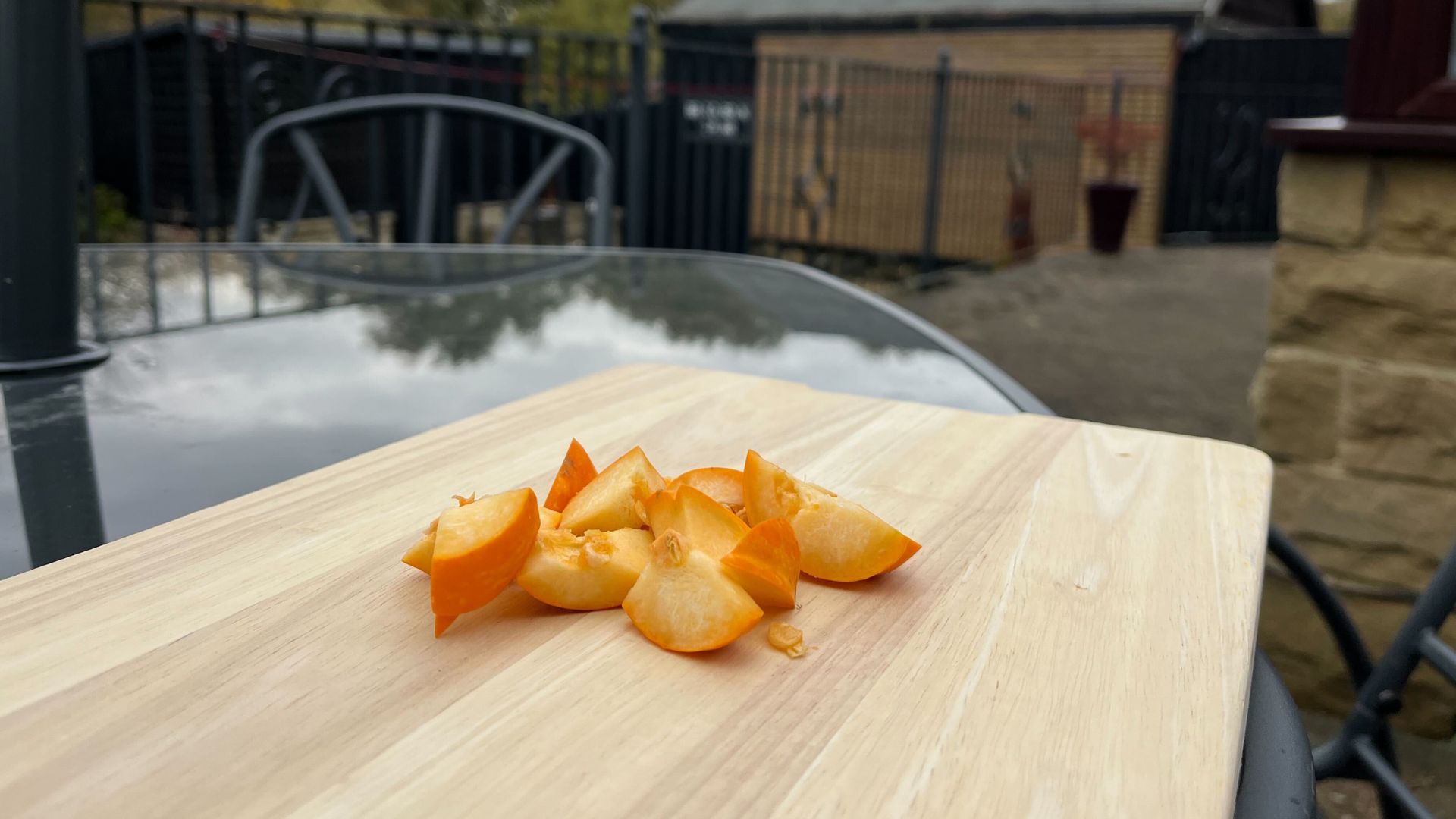
“Any discarded pumpkin intended for wildlife should be cut into little pieces and left in small quantities. These should be placed on a raised platform such as a bird table so that hedgehogs are unable to access them," he adds.
The cellulose found in pumpkins can cause dehydration and diarrhoea for hedgehogs, so it's best to keep the chunks well away when leaving them out for other animals.
Andrew also points out that you shouldn't leave your pumpkin out in public spaces too long, either, especially if it's been decorated. He explains, "If the pumpkin has contained candles, then they should not be left for wildlife at all, as the soot and residue from the candles may be harmful. They might also ingest foreign objects like candle holders."
It's best then, to take in your pumpkin when it's served its purpose and reuse it in your garden safely for your plants to enjoy.
Are leftover pumpkins okay for squirrels to eat?
If you want to help wildlife this autumn and don't mind bushy-tailed visitors, you may be wondering if pumpkin is a safe option.
"Leftover pumpkin can be given to squirrels, as it can be a good source of vitamins and minerals. Squirrels can eat the flesh and seeds of pumpkins, but before giving it to them, you should check that the pumpkin is not mushy, mouldy or covered with candle wax," says Richard Barker, Commercial Director and gardening expert at LBS Horticulture.
"The pumpkin should be cut into smaller pieces so it is easier for the squirrels to eat, and placed on a feeder or area above the ground where it will not be eaten by hedgehogs," he adds.
Why should you not throw away pumpkins?
Although carving and displaying pumpkins is a common, popular activity to do around Halloween, it's shocking the amount of waste it creates.
A study conducted by the World Economic Forum found that each year in the UK, around 18,000 tonnes of pumpkin are discarded, which is a major food waste issue. This is why it's so highly recommended you recycle, cook, compost and re-sow your pumpkin leftovers.
Just because pumpkins are out of the picture doesn't mean the cosiness of autumn is over. There are plenty of autumn home decor trends that will keep the season's joy around you without worrying about rotting vegetables.

Emily joined woman&home as a staff writer after finishing her MA in Magazine Journalism from City University in 2023. After writing various health and news content, she now specialises in lifestyle, covering unique cleaning hacks, gardening how-tos, and everything to help your houseplants thrive.
You must confirm your public display name before commenting
Please logout and then login again, you will then be prompted to enter your display name.